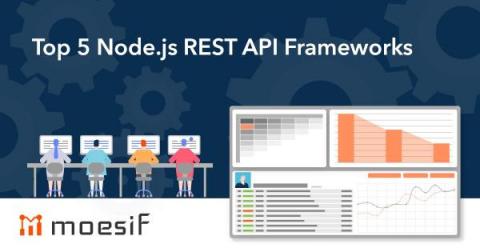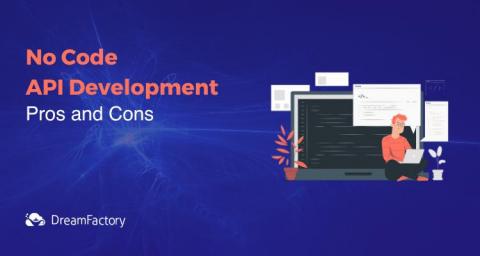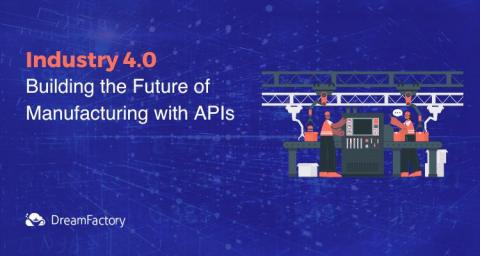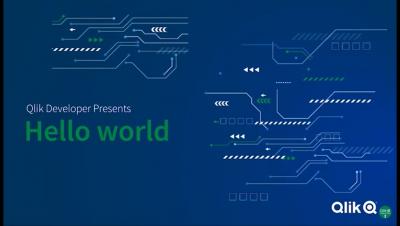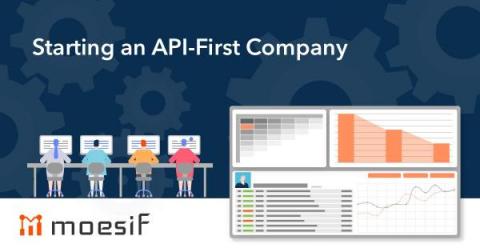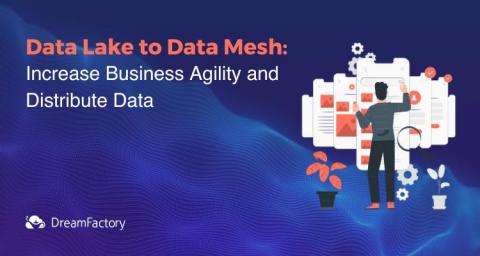Top 5 Node.js REST API Frameworks
Node.js has seen meteoric growth in recent years, making it one of the most popular programming languages on the web. By combining Javascript on the front end with Node.js for backend development, JS developers can create powerful and scalable apps that offer benefits not found elsewhere.


